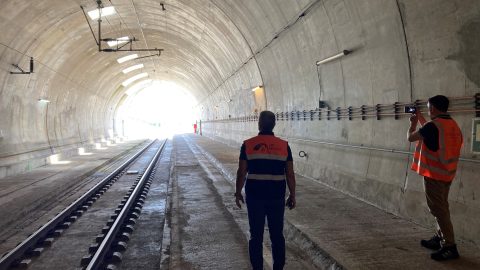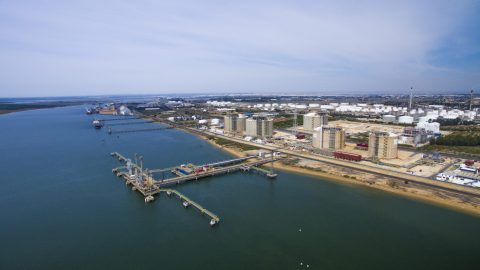Algorithms to optimise rail freight on the TEN-T network

ePIcenter is an international technology and innovation project to improve the efficiency of freight flows and reduce congestion in the European TEN-T network. Advanced logistics scheduling algorithms are a key focus to optimise rail freight. The project is a collaboration between 36 industry, technology and research organisations from Europe, North America, South America and China. The ePIcenter project runs until the end of 2023, and some early solutions and results are expected at the end of this year.
Do you want to read the full article?
Thank you for visiting RailFreight.com. Become a member of RailFreight Premium and get full access to all our premium content.
Are you already a member?
Having problems logging in? Call +31(0)10 280 1000 or send an email to customerdesk@promedia.nl.




